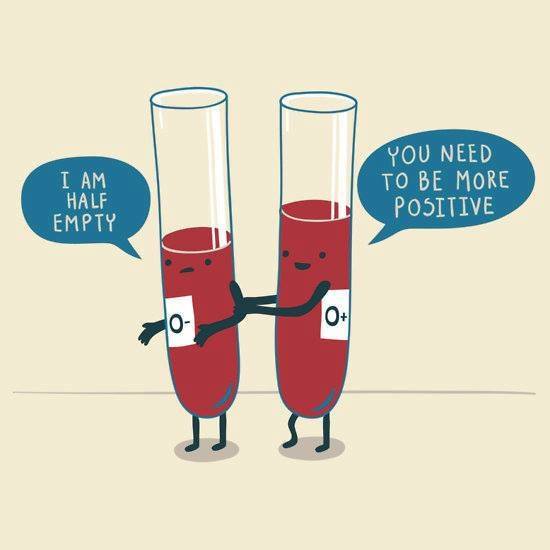
Last week we attended the Donate Life America Conference in Baltimore, MA. The session Positive Deviations: Finding Better Solutions in the Exceptions by Arvind Singhal, PhD was very thought provoking!
Dr. Singhal invited attendees to apply a fresh approach to our work and the challenges we encounter in donation and transplantation. Challenges to increase the number of registered organ, eye and tissue donors; challenges to expand our educational outreach; challenges to reduce the number of individuals on the transplant waiting list; challenges to increase the number of transplants, the list goes on!
When facing these challenges, we often look for solutions by studying the problem:
· When going to the DMV, why do one in two license/id holders answer“ No” when asked if they want to register as an organ and eye donor?
· Why has the number of transplants performed each year in the United States remained relatively constant over the past decade?
Instead of focusing on what the problem is, let’s focus on what is working—what are the exceptions to the rule? Applying the positive deviation approach, our questions then become:
· What inspires 4.5 million license/id holders in North Carolinian to say “Yes” to donation at the DMV?
· Where do we see great growth in the number of registered donors that we would not expect to see?
· Under what circumstances are transplants occurring more frequently?
In changing our approach, flipping the question around, looking for the outliers to help guide our work, we can continue to save and improve the lives of over 28,000 people each year and see fewer than 120,000 people waiting for a transplant.